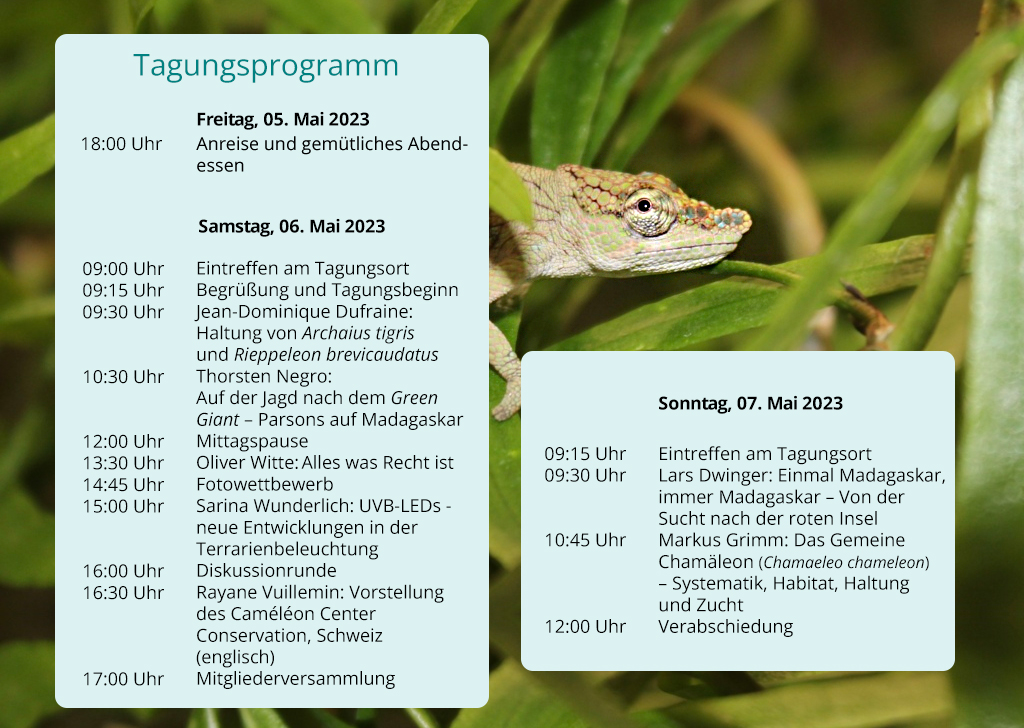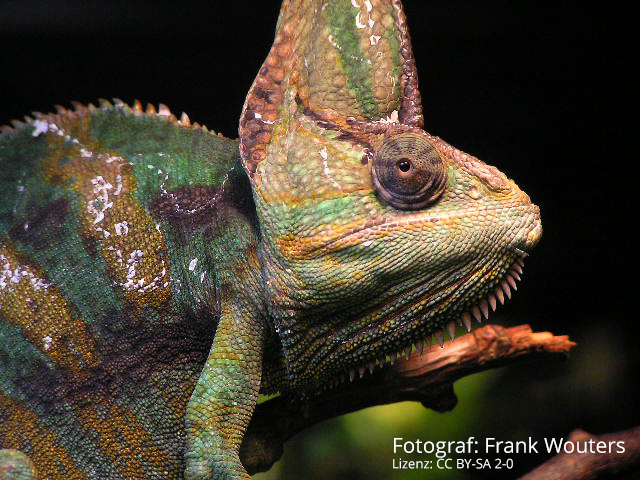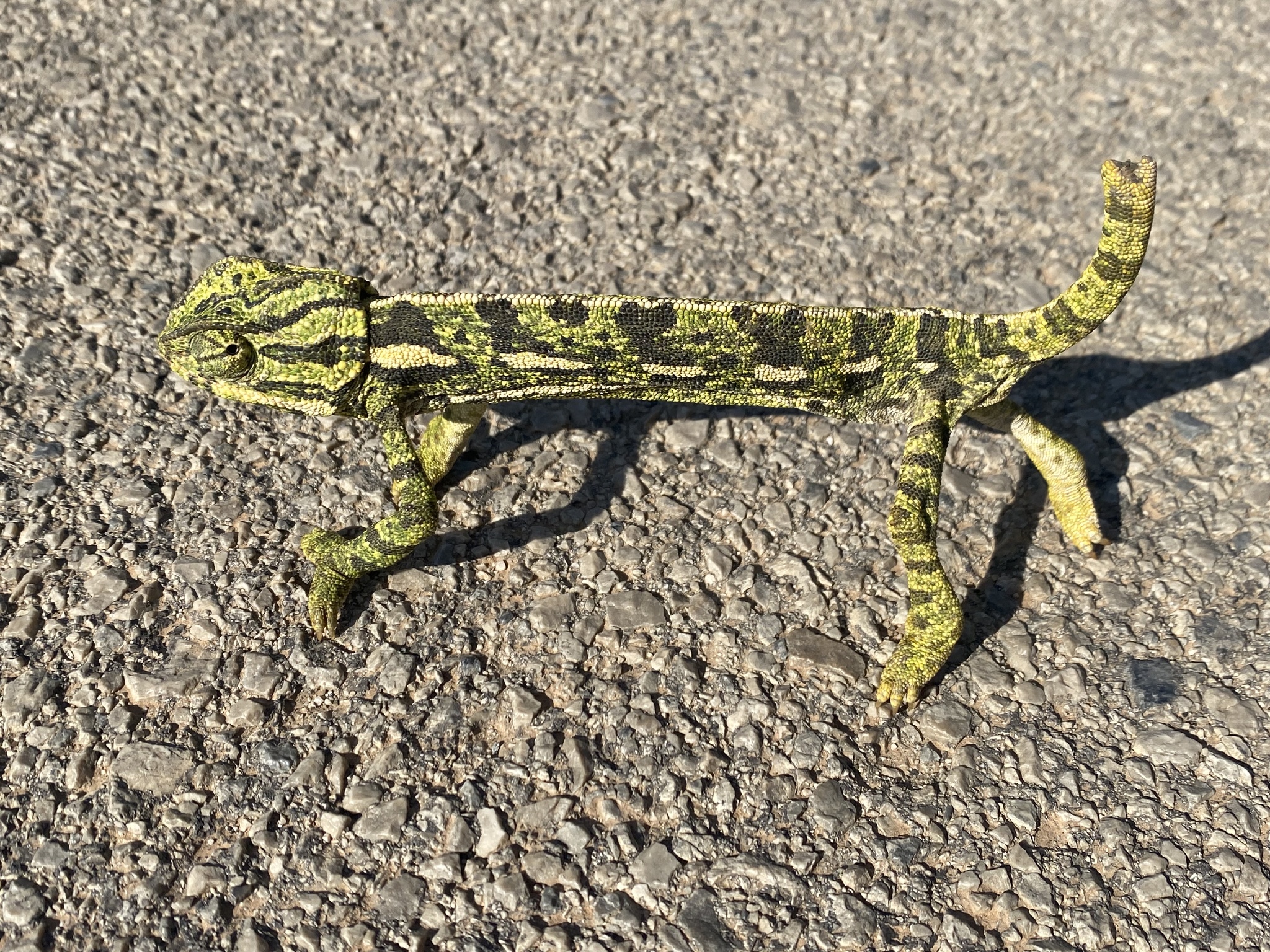After we were able to publish a preview of the conference programme in December last year, we now have the final conference programme. This year’s conference will take place from 05 to 07 May 2023 in the tranquil town of Boppard am Rhein. As experience shows that the weekends in Boppard are booked up quickly, we recommend that you look for a hotel or guesthouse soon. Our programme has become a nice mixture of keeping reports, general terraristics and travel reports. Friday is the traditional day for arrival and a pleasant dinner in the local restaurants.
Saturday starts with a classic husbandry and breeding report. Jean-Dominique Dufraine has been keeping Rieppeleon brevicaudatus and Archaius tigris for several years. He talks about his experiences in breeding, but also in the everyday keeping of the two species. Afterwards, Thorsten Negro will take us on a search for Parson’s Chameleons in their natural habitat in Madagascar.
In the afternoon, Oliver Witte will give us an exciting insight into law, legislation and terrarium keeping – don’t worry, it won’t be as dry as it sounds, but very interesting for chameleon keepers. As a highlight, the physicist Sarina Wunderlich from www.lichtimterrarium.de has also agreed to join us. LEDs are becoming increasingly popular in terrarium keeping, not least because they can save a lot of electricity. Sarina will show us the advantages and risks of LEDs and discuss the latest development, UV LEDs. After these two presentations, we have planned plenty of time for discussion and questions, because there will certainly be plenty to talk about. At the end of Saturday, Rayana Vuillemain will introduce us to the Association Caméléon Centre Conservation (Switzerland) – this is the only presentation in English.
Sunday will be another colourful day: Lars Dwinger will report on a Madagascar trip to the southern highlands and the central east of the island. He travelled between carpet chameleons and rice fields as well as in the rainforest of Ranomafana, where he met a variety of small and large chameleons. Markus Grimm will conclude with an overview of Chamaeleo chamaeleon in its natural habitat in Europe as well as keeping and breeding them in terrariums.
We are very much looking forward to a nice meeting and many chameleon friends!






